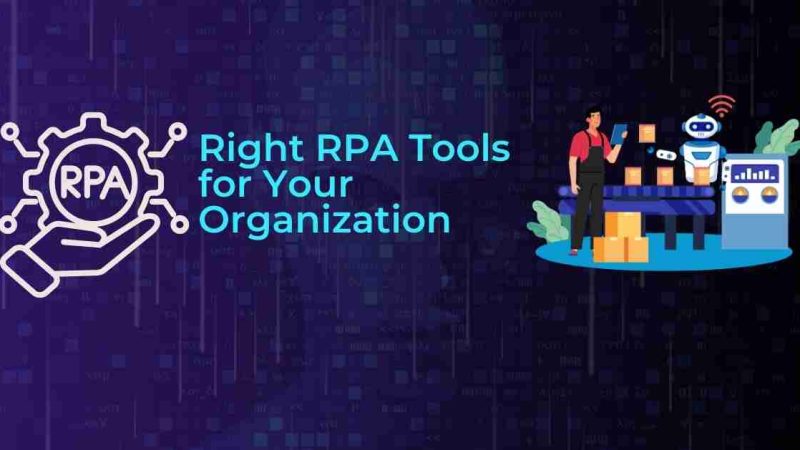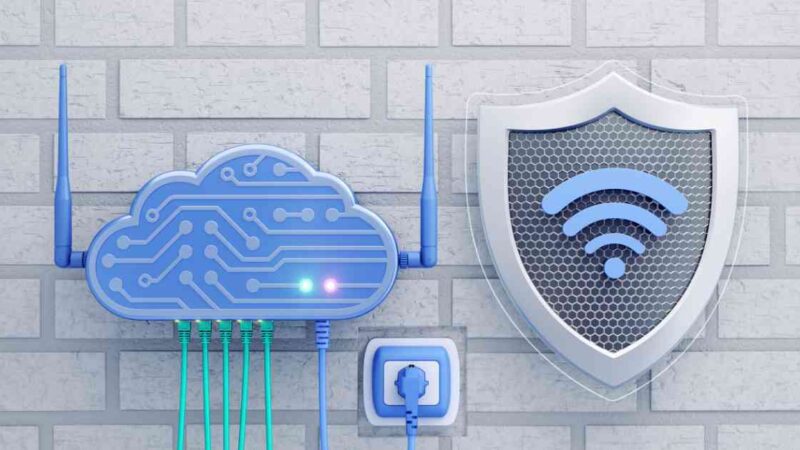What is Network Monitoring?

Network Monitoring: As many processes have become increasingly reliant on the interconnectivity of the past few decades, networks have become essential for long-term business success. So, as businesses continue to expand, monitoring all connected devices on the network becomes increasingly important.
As one of the most well-known and largest suppliers of network equipment in the world, Cisco provides a wide variety of network services and devices, from routers, switches, to access points. Many businesses have at least one piece of networking equipment from Cisco, while others will have an entire network of Cisco infrastructure. That’s because Cisco network monitoring tools enable streamlined troubleshooting which helps network administrators ensure their equipment is always running smoothly.
So… Just What Exactly Is Network Monitoring?
By definition, network monitoring is an IT process encompassing the use of specialized management tools, software, devices, and processes to administer the operations of a computer network. Network monitoring is capable of detecting and then reporting failures of applications, tools, and connection, as well as performing targeted troubleshooting.
One of the ultimate benefits of network monitoring is it can identify any network bottlenecks, proactively before adjusting any infrastructure strategies as a result. Network monitoring also provides IT, administrators, with live network data that can be processed in the form of dashboards, charts, tables, and graphs. In a nutshell, network monitoring ensures the continuous availability and uptime of all devices and connections on a network, both on-site and remote.
How Does A Network Work?
The vast majority of private networks are connected directly to the internet using routers, which gives remote users access to it. Information is sent through the internet in the form of data packets, which includes destination IP addresses allowing routers to send it between locations, sort of like snail mail. When routers receive these data packets, it will forward it onto the private network through a firewall before being received by a switch located on the private network. These switches transmit the data between devices like servers, computers, laptops, printers, and any other devices using a Network Interface Card with its own unique Media Access Control Address.
Types Of Network Monitoring Protocols
Cisco Discovery Protocol
Cisco Discovery Protocol enables the management of a variety of Cisco devices. It does this by allowing them to be discoverable, as well as establishing their configuration and allowing different systems to communicate using network-layer protocols.
SNMP
An application-layer protocol, SNMP or Simple Network Management Protocol is used to check and monitor the configuration and system status of devices via a call-and-response type of system.
ICMP
Internet Control Message Protocol is used by a wide variety of network devices for sending information regarding IP-operations as well as generating error messages when devices fail.
Why Should Networks Be Monitored?
Whether they’re on-site networks or remote, businesses rely on networks because they are the lifeblood of IT infrastructure. When network problems inevitably do occur, network monitoring allows IT admins to identify the root cause of these problems quickly and efficiently with the least impact on users and businesses as a whole. Without quality network monitoring such as cisco network monitoring tools, troubleshooting these intermittent or ongoing performance problems is much more problematic as they can be difficult to replicate and diagnose correctly.
Network Monitoring Challenges
One of the major challenges when it comes to network monitoring is that networks are becoming increasingly complex while carrying unprecedented amounts of data and running at much higher speeds than ever before. Network visibility, detection of issues with speed and performance, as well as the analysis of root causes, are some of the many challenges this creates. And in the age of the cloud, there are a growing number of applications and analysis tools required to process all of the data.
Final Thoughts
Networks are dynamic environments, and when they fail, the required flow of information for the majority of business operations and applications stop as well. That’s why ensuring continuous uptime with cisco network monitoring tools is crucial for good network health and uninterrupted business operations.






